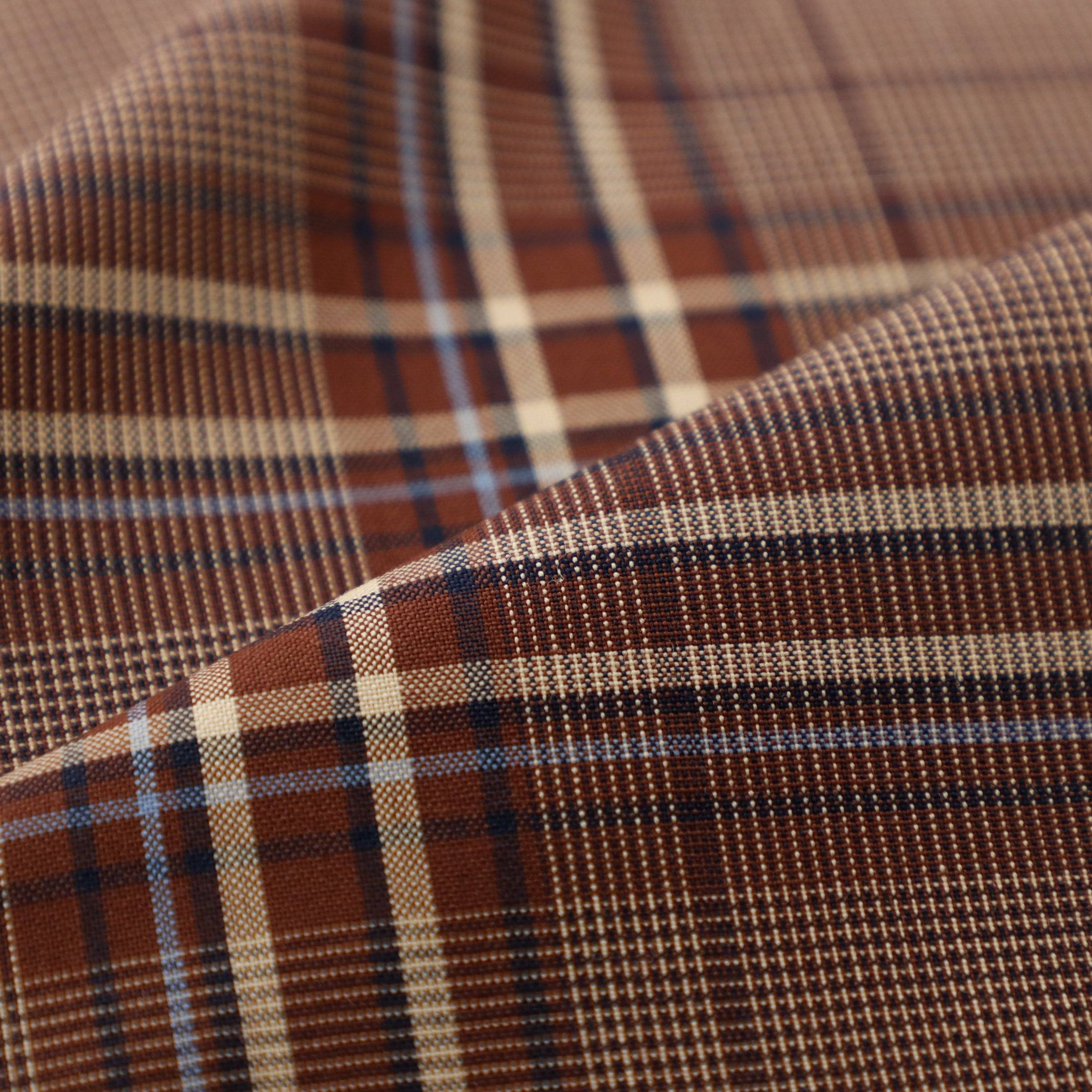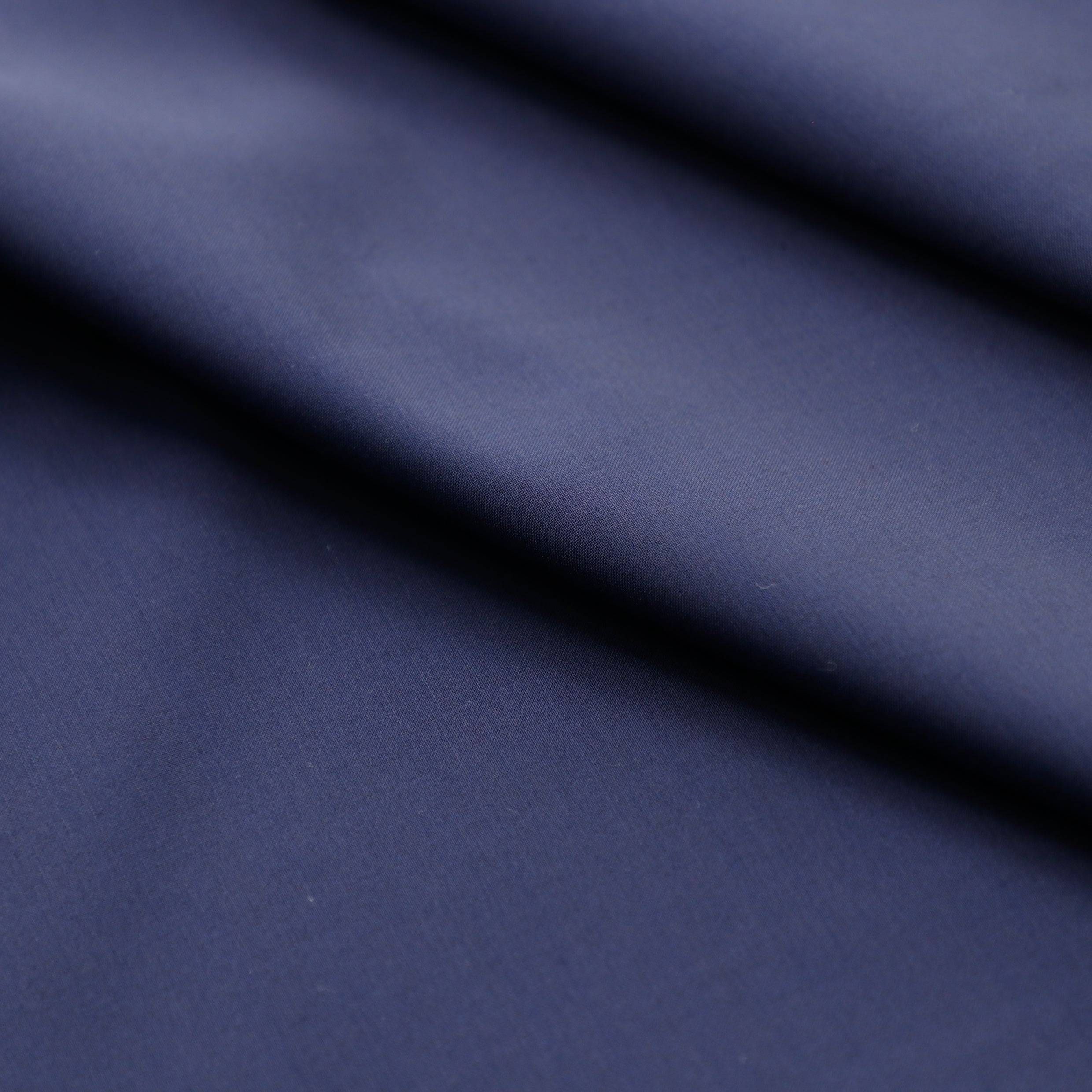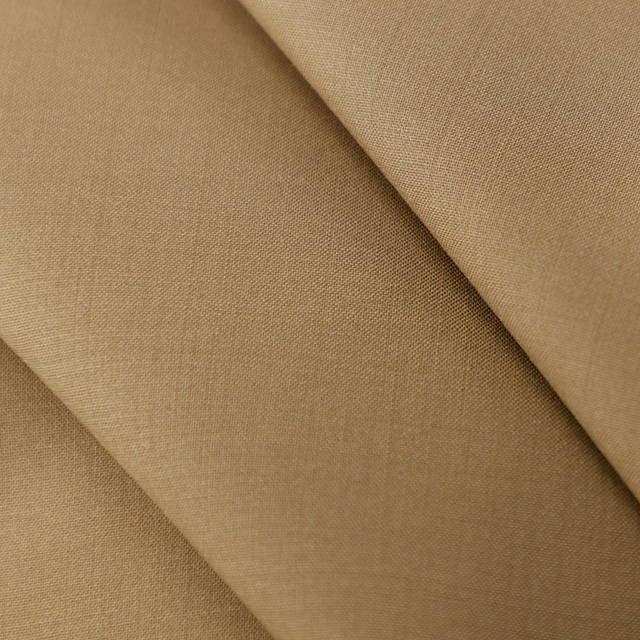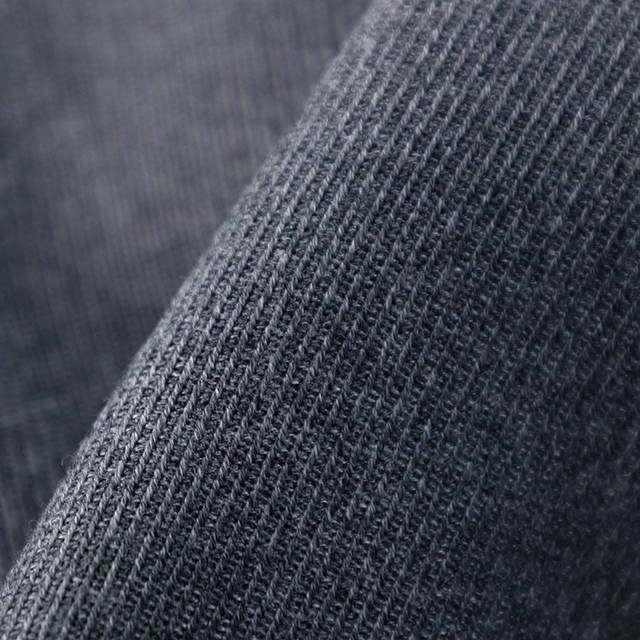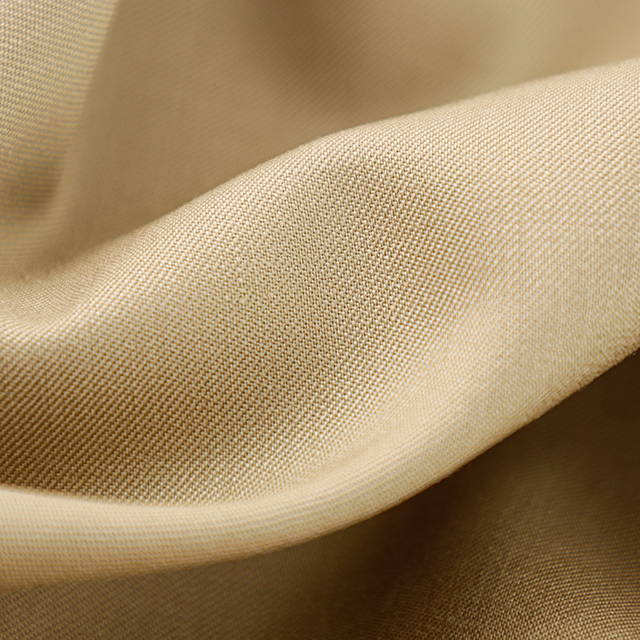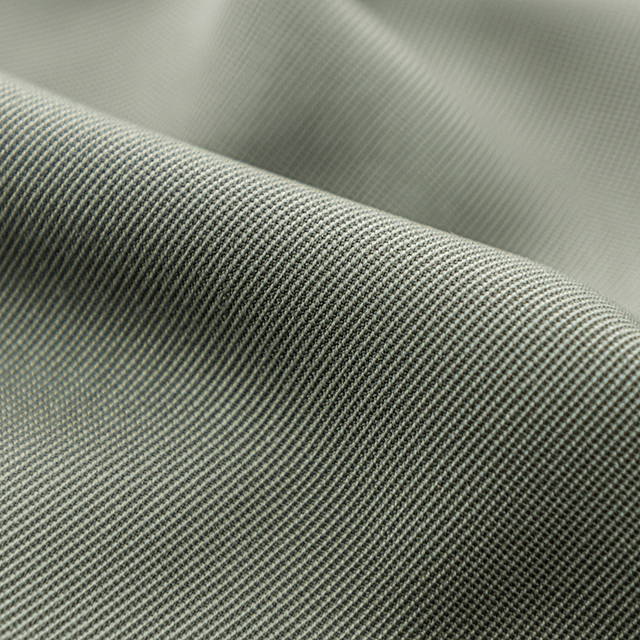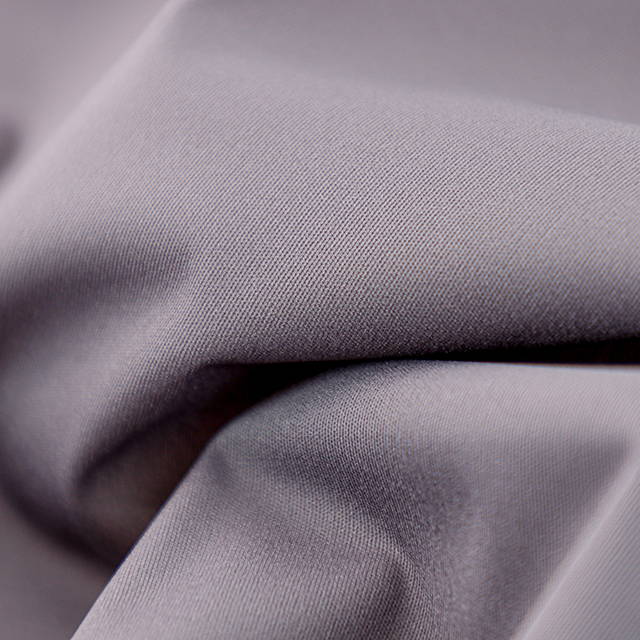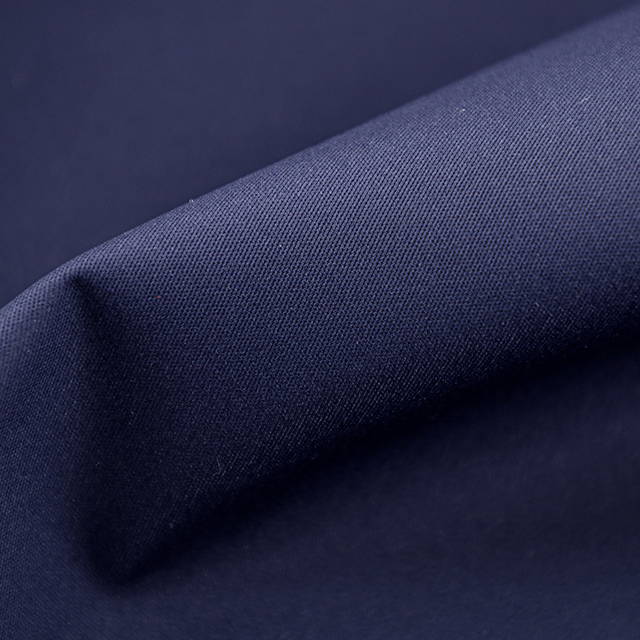HOME / Fabric Dictionary / The Ultimate Guide to Cotton Fabric: Everything You Need to Know
The Ultimate Guide to Cotton Fabric:
Everything You Need to Know
Learn all about cotton fabric in our ultimate guide! Explore its history, types, benefits, and care tips to find the perfect material for your next project.

Why Cotton Fabric is Loved Worldwide
Cotton fabric has been a cornerstone of the textile industry for centuries, known for its comfort, versatility, and sustainability. Whether you’re a fashion enthusiast, a DIY crafter, or a professional designer, understanding the qualities of cotton can help you make better decisions for your projects. In this comprehensive guide, we’ll explore everything about cotton fabric, from its origins to its sustainability, and how to choose the perfect type for your needs.

What is Cotton Fabric? A Brief History
・The Origins of Cotton
Cotton fabric has been a cornerstone of the textile industry for centuries, known for its comfort, versatility, and sustainability. Whether you’re a fashion enthusiast, a DIY crafter, or a professional designer, understanding the qualities of cotton can help you make better decisions for your projects. In this comprehensive guide, we’ll explore everything about cotton fabric, from its origins to its sustainability, and how to choose the perfect type for your needs.
・How Cotton is Made
Cotton fabric is made by harvesting the fluffy bolls of the cotton plant, spinning them into yarn, and weaving the yarn into fabric. Harvesting methods include machine picking, which is efficient and used in countries like the United States, Australia, Turkey, and China, and hand picking, which is gentler on the cotton and common in India, Pakistan, and parts of Africa. The fiber from fluffy bolls are processed into fabric, while the seeds are processed into products like cottonseed oil for culinary and industrial purposes.
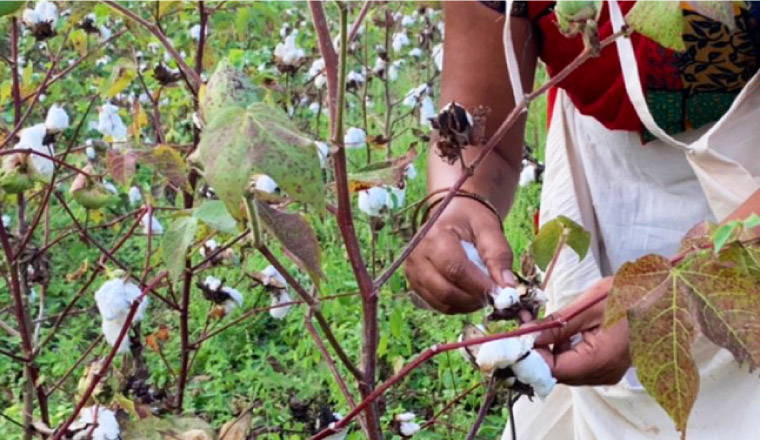
The Unique Structure of Cotton Fibers: Hollow and Breathable
One of the most fascinating characteristics of cotton fibers is their hollow structure. Each cotton fiber is made up of a cellulose material that forms a tube-like shape, creating an empty space within the fiber. This unique structure contributes significantly to cotton’s softness, breathability, and moisture-wicking properties. The hollow core allows air to circulate, keeping the fabric cool in warm weather and helping to absorb and release moisture, which makes cotton an excellent choice for summer clothing and bedding. Additionally, the hollow nature of cotton fibers provides an insulation effect in cooler temperatures, offering a balance between warmth and comfort. This structural feature is one of the reasons why cotton is not only comfortable to wear but also incredibly versatile for various uses, from apparel to home textiles.
The Pros and Cons of Cotton Fabric
Key Benefits
- Comfort: Cotton is breathable and absorbs moisture, helping to keep you comfortable in every season. Its softness is gentle on sensitive skin and hypoallergenic.
- Durability: Cotton is highly durable and suitable for everyday use, with moisture-wicking properties that enhance its practicality.
- Static-Free: Unlike many synthetic fabrics, cotton resists static, making it especially useful during colder months.
- Versatility: Available in various weights and textures, cotton is used in everything from T-shirts to upholstery.
Potential Drawbacks
- Shrinkage: Cotton can shrink when washed, particularly in high heat.
- Wrinkling: It wrinkles easily, often requiring regular ironing.
- Drying Time: Cotton takes longer to dry compared to synthetic fabrics.
- Color Fading: Repeated washing may cause colors to fade over time.
Understanding Cotton Grading: The Science Behind Premium Fabrics
The quality of cotton is determined through a meticulous grading process that considers several key factors. These include grade (whiteness, contamination, and the presence of neps), fiber length, strength, uniformity, fineness (fiber thickness), and maturity. Each of these characteristics plays a crucial role in the overall performance and value of the cotton, directly impacting its use in fabric production.
●Grade: Purity and Appearance
The grade of cotton is assessed based on its color (whiteness), the level of impurities, and the presence of neps—small, tangled fibers that can affect spinning and fabric quality. Cotton with a higher grade is cleaner, whiter, and free of visible defects, making it highly desirable for premium textiles.
●Fiber Length: A Key to Luxury
The grade of cotton is assessed based on its color (whiteness), the level of impurities, and the presence of neps—small, tangled fibers that can affect spinning and fabric quality. Cotton with a higher grade is cleaner, whiter, and free of visible defects, making it highly desirable for premium textiles.
- Short staple cotton (less than 1 inch): Often used for bedding and absorbent cotton.
- Medium staple cotton (1 to 1.3 inches): Commonly used in everyday textiles like denim and sheets.
- Extra-long staple (ELS) cotton (1.4 inches or longer): Known for its exceptional softness, strength, and luster, ELS cotton accounts for only 1.2% of global cotton production. This rarity, combined with its superior quality, drives up its price, making it a favorite for high-end products like luxury bedding and designer clothing.
●Strength and Uniformity
The strength of cotton fibers determines their durability and resistance to breakage during processing. Uniformity, on the other hand, ensures consistency in fiber length, which is vital for producing smooth, even yarns. These qualities contribute to the longevity and overall performance of the final product.
●Fineness and Maturity
Fineness refers to the thickness of the fibers, with finer fibers generally being softer and more comfortable to wear. Maturity, which indicates how fully developed the fibers are, affects dye absorption and the overall appearance of the fabric. Mature fibers yield vibrant, even colors, while immature fibers can result in dull or uneven finishes.
The Sustainable Choices: Identity Cotton & Organic Cotton
When it comes to sustainable cotton, Identity Cotton and and Organic Cotton are two standout options that meet both ethical and environmental standards.
・Organic Cotton
Grown without genetically modified seeds on farmland free of pesticides for over three years. Natural fertilizers and pesticides are strictly regulated, prioritizing environmental sustainability, worker safety, and social standards, such as banning child labor.
The manufacturing process ensures traceability, avoids harmful chemicals, and adheres to ethical practices. While organic cotton is indistinguishable from conventional cotton in appearance and cannot be identified through tests, its true value lies in its environmentally and socially responsible production methods, making it a sustainable choice for conscious consumers.
・Identity Cotton
Focuses on transparency and traceability, covering programs like BCI (Better Cotton Initiative) and Fairtrade Cotton, which ensure responsible farming practices, ethical labor conditions, and reduced environmental impact. Both options empower consumers to support sustainable practices while contributing to a greener and fairer cotton industry.
ORGANIC FIELD: Advancing Sustainable Cotton Farming
Although the global production of organic cotton is increasing year by year, it still accounts for only about 1.5% of total cotton production. Therefore, we, STYLEM, have launched an initiative called ORGANIC FIELD.

1. Project Scope and Location
This initiative operates in Central India, specifically in Madhya Pradesh, within a 3-hour drive from Nagpur. It spans six key regions, working with 3,000 farming families across 1,500 hectares of farmland.
2. Partnership with NSL for Non-GMO Seeds
Stylem collaborates with NSL (Nuziveedu Seeds Ltd.), India’s largest seed company, to provide non-GMO seeds and train farmers in organic cotton cultivation. Farmers receive support to achieve organic certification, ensuring high environmental and ethical standards.
3. Farmer Support
During the 1–2 years of transition to organic farming, yields may decline. To ease this burden, Stylem purchases cotton at premium prices and commits to buying 100% of the cotton for up to four years, ensuring financial stability.
4. Health and Sustainability
By eliminating harmful pesticides, the initiative protects farmers, regenerates contaminated soil, and promotes biodiversity. These sustainable practices foster safer working conditions and long-term environmental health.
Key Outcomes
- Sustainable farming practices that regenerate soil and reduce environmental impact.
- Farmer empowerment through education, fair pricing, and market access.
- Community development with enhanced livelihoods and employment opportunities.

Conclusion: Why Cotton Fabric is the Perfect Choice
Cotton’s unmatched comfort, durability, and versatility make it a timeless favorite in the world of textiles. Whether you’re sewing a lightweight summer dress or upholstering furniture, understanding the different types and benefits of cotton can elevate your projects. Explore our collection today and discover the perfect cotton fabric for your next creation!
Where to Buy High-Quality Cotton Fabric
At STYLEM JAPAN, we offer a wide range of premium cotton fabrics, from classic broadcloth to sustainable options.
Whether you’re looking for quilting cotton, apparel fabrics, or eco-friendly choices, you’ll find everything you need in our curated selection.

